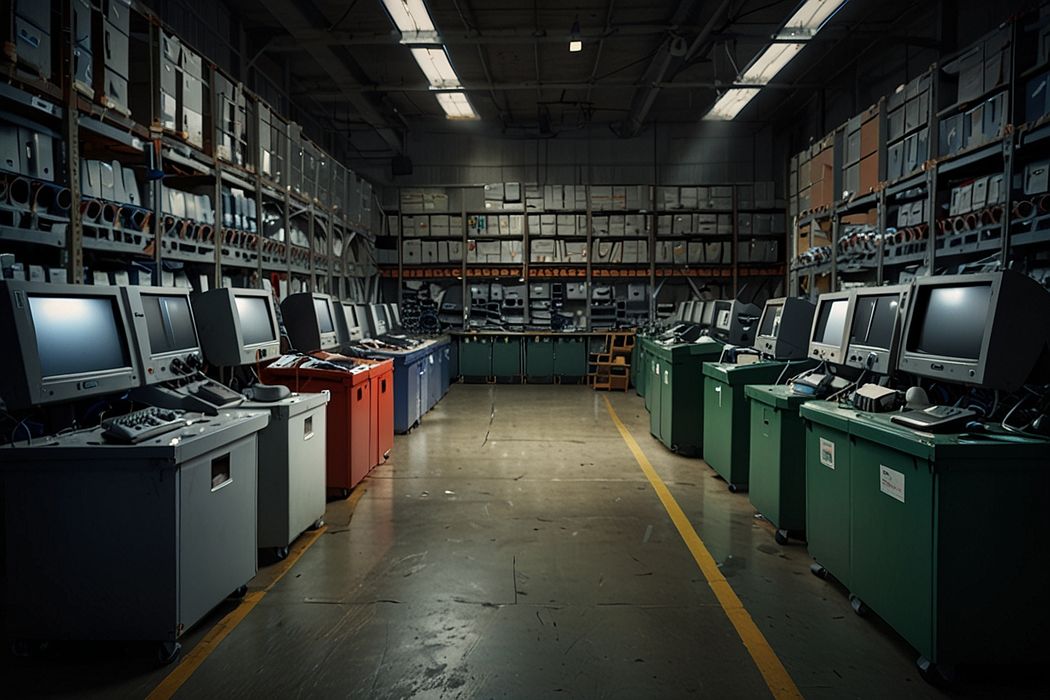
There could be a spot in the local landfill for your aging desktop 3D printer.
Desktop 3D printers have been around for at least 15 years, and quite a bit of technology progress has been made over that period. Early machines were terrible by today’s standards, and current equipment easily matches professional standards from only a few years ago.
Because of this rapid progress, many operators upgrade equipment, even after only a couple of years.
It makes sense: a new machine might produce 5X the throughput of the older machine because it prints at higher speeds. A new machine might produce far higher quality objects. A new machine might be far more reliable using AI juice. A new machine might connect to a cloud for remote control.
You get the idea: upgrades happen, and happen a lot.
But for each upgrade, there is an older desktop machine that is freed from use.
What happens with these older machines? Are they tossed out?
Not normally. Typically, they have been donated or handed down to others. Frequent donation targets have been:
- Schools
- Friends and family
- Local libraries and community centres
- Makerspaces
Those destinations have happily accepted donated equipment for many years. In many cases, the donated 3D printer was the first one these people and organizations had ever seen.
But this is all changing, and changing rapidly.
The flood of high-speed desktop FFF 3D printers has caused an avalanche of upgrades, creating a vast number of “extra” machines. These machines are increasingly challenging to donate to anyone.
Let’s look at each of the above categories.
Schools increasingly tend not to accept donated 3D printers because:
- They almost certainly don’t come with lesson plans that educators require.
- They may want to connect to the school’s network, which the IT support won’t allow.
- The school already has 3D printers (with lesson plans).
OK, what about the others? Certainly, libraries, community centers, and makerspaces would want a 3D printer, wouldn’t they?
Increasingly, they don’t. That’s because they already have their own equipment — and it’s modern equipment. The prices on very good desktop 3D printers have dropped so much that most organizations have just bought their own new equipment.
Showing with a three-year-old machine is no longer a good idea.
What about friends and family? Surely they would like a device? Perhaps, but they can often afford the price of a new machine, and those newer machines would be a lot less risky for them. Older machines tend to require a lot of technical care, and that’s something friends and family generally try to avoid. New machines are somewhat more reliable.
I see more friends and family just buying their own machines, and there’s no need to donate machines to them.
Where does this leave us? We have extra machines that are no longer useful, and there is almost no one left for a donation.
The older machines could be pillaged for spare parts in some cases, but I suspect an increasing number of them are going to make their way to the local electronics recycling service, or (worse) the landfill.
That’s the world we will be looking at in the near future. It’s a bit sad, but it’s also a sign that desktop 3D printing is finally succeeding in the consumer market.
